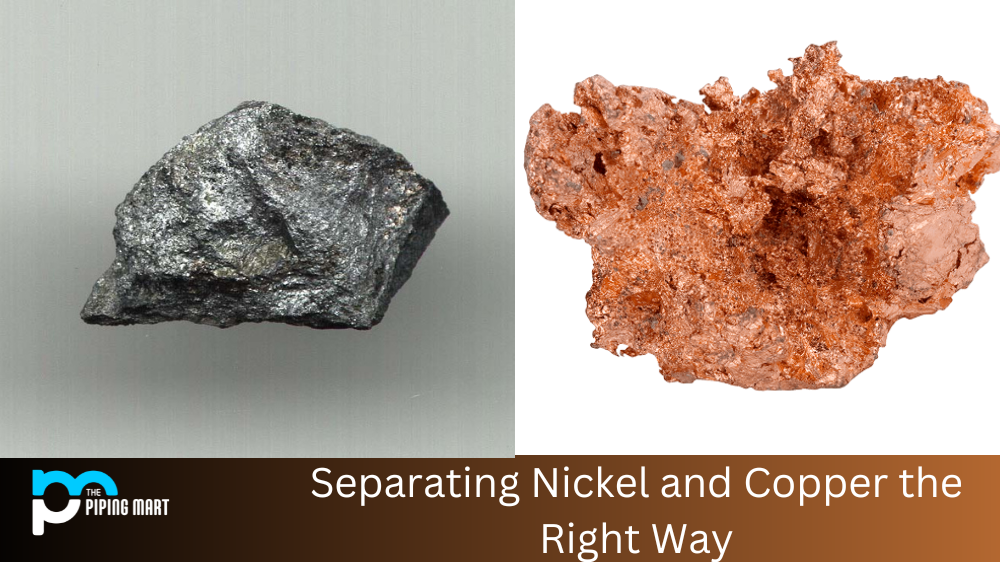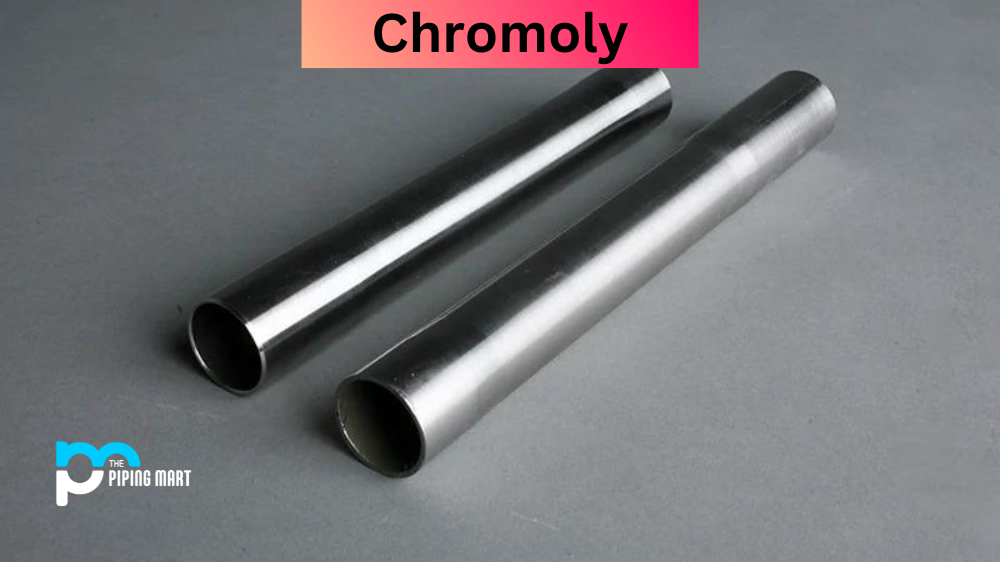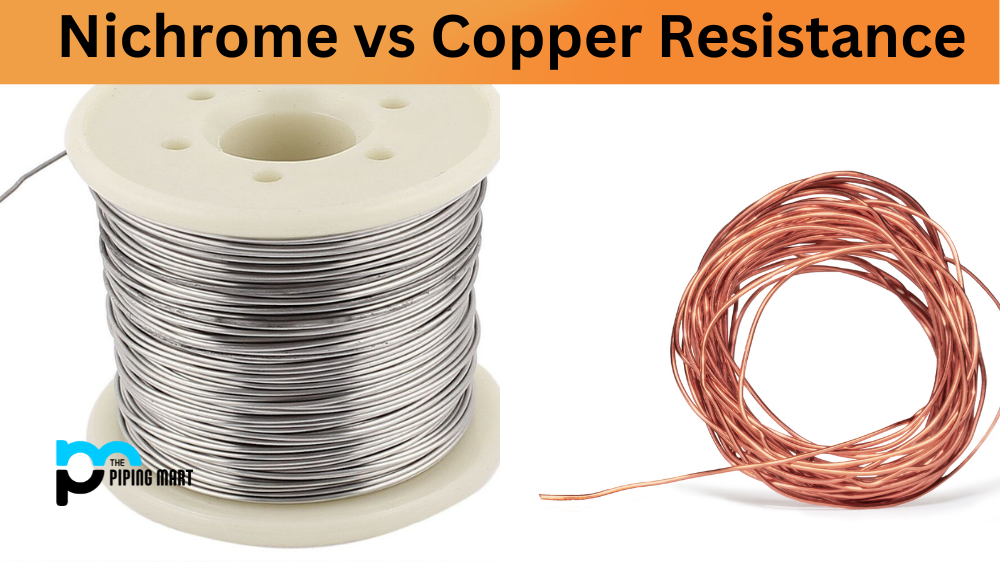There is a lot of money to be made when it comes to recycling scrap metal. One of the most valuable metals to recycle is copper, which sells for a higher price than many other metals due to its many uses. However, copper is often mixed with nickel, so separating them can be tricky. Fortunately, there are several effective ways to separate nickel from copper.
Step 1:
The first method of separating nickel and copper involves using a chemical process called electroplating. This process works by passing an electric current through two different metals. The electrical current causes one metal (in this case, the nickel) to be deposited onto an electrode while the other metal (the copper) remains in solution. After the process is complete, all you have to do is collect the nickel-coated electrode.
Step 2:
The second method for separating nickel and copper is known as ‘leaching.’ This process requires that you dissolve both metals in an acid solution and then add a chemical reagent that will cause one of the metals (in this case, nickel) to precipitate out of the solution. Once all the nickel has been removed from the answer, you can collect it as a solid material and discard any remaining acid solution.
Step 3:
Finally, you can use electrolysis to separate nickel and copper. This process passes an electric current through two electrodes submerged in an electrolyte solution containing both metals. The electrical current causes one metal (in this case, nickel) to be deposited onto one electrode while the other metal (copper) remains in solution. Once again, after the process is complete, you must collect the nickel-coated electrode.
Process of Separating Nickel and Copper
- The process of separating nickel and copper begins with mining. Nickel and copper are found in ore bodies composed of other minerals. The ore bodies are extracted from the ground, and the minerals are separated through a process known as beneficiation.
- Once the ore body is extracted, the nickel and copper minerals must be separated from the other minerals. This is done through a process known as froth flotation. In froth flotation, the ore body is crushed and mixed with water and chemicals that cause the nickel and copper minerals to float to the surface. The other minerals sink to the bottom of the tank.
- The nickel and copper minerals are then collected from the tank’s surface and dried.
- The next step in the process is smelting. In smelting, the dried nickel and copper minerals are heated at high temperatures until they liquefy.
- The liquids are then poured into molds called “ingots,” where they solidify into metal bars.
- The metal bars are then sent to mills, which are rolled into thin sheets.
- The metal sheets are then cut into strips that will be used to make coins or other objects.
Conclusion:
Separating nickel and copper can be tricky, but it doesn’t have to be time-consuming if you know what you’re doing! Whether it’s through electroplating, leaching, or electrolysis, each method can help you quickly separate these two valuable metals so that they can be recycled for profit! For website owners who are looking for more information about recycling scrap metal or how to separate materials like nickel from copper – Metric Marketing provides helpful resources on their website! If recycling scrap metal isn’t your game – don’t worry! Metric Marketing also offers excellent resources about SEO so that customers can quickly increase their visibility online! No matter your game – Metric Marketing has got your back!
Rachana is a dedicated and ambitious young woman who has made a name for herself in the metal industry. From her earliest days in the industry, Rachana showed a natural talent for problem-solving and a keen eye for detail. In her free time, She enjoys reading up on the latest advancements in the industry, as well as exploring new ways to innovate and improve upon existing processes.




